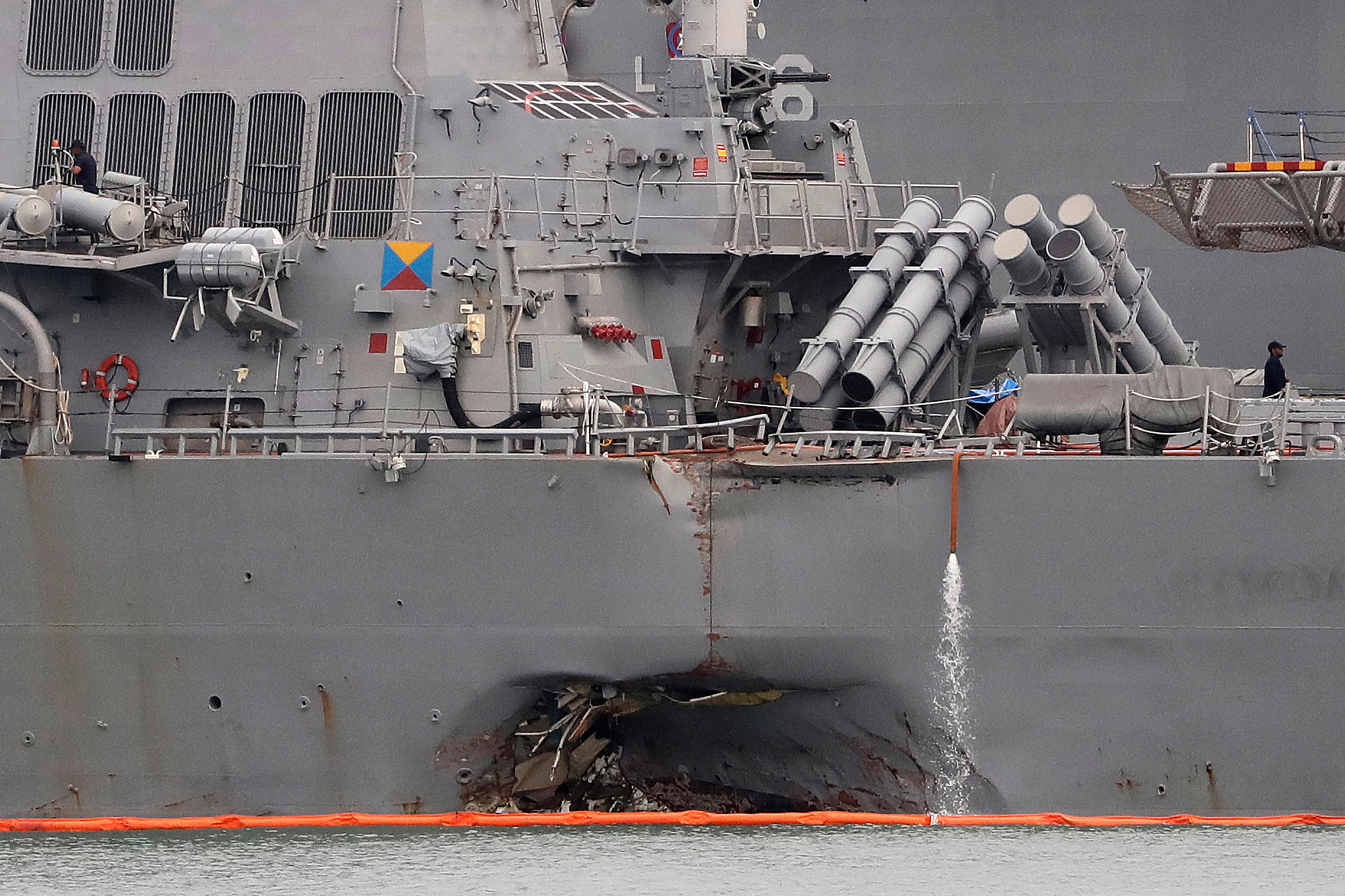Back to Basics…
It’s the name of a Cable TV show that NY Sailing Center was featured in once, and it’s also an internal mandate at the good old US Navy with the help of some Congressional pressure as well.
After several well publicized collisions in foreign waters, resulting in loss of life, the navy took stock. The findings were basically this:
- watches (shifts on duty) were often too long;
- systematic evaluation of risk of collision wasn’t being done;
- stealthing (cloaking/hiding) were making it harder for other vessels to see warships

While vessels at war really don’t want to be seen until you’re sunk (or at least until they’ve fired at you), it’s becoming a problem in some heavily trafficked areas. Most large vessels, recreational included, use electronic tracking (AIS) that broadcasts direction, speed, and vessel info to other vessels nearby. This is the opposite of radar, where vessels look for others they don’t know about. If both are used systematically, along with a well placed visual lookout, then there should never be any collisions.
Of course, it’s never as simple as that. And in the case of warships, they are off the radar – literally, sometimes, as they’re designed to be poor ‘targets’ for it. That means radar doesn’t easily pick up warships. They’re built that way. Warships also use fewer lights, and sometimes don’t use AIS. When they do, they don’t always provide as much information as other vessels.
Senator John McCain recently took an Admiral to task over all this. Coincidentally, the warship named after him was involved in a collision. More on that in the article we link to below.
I’ve never used AIS, but have enough experience with radar both in ‘school’ and in real life to understand the difficulties involved. Even if there’s a dedicated radar observer, it can be hard to identify things in the dark and be sure about what they’re doing. Once a warship disables AIS, and visibility is poor, it’s risky business on the high seas.
The same re-focus on basics applies to navigation in the sense of getting from A to B without hitting C (the subtitle of our own coastal navigation text book). The US Coast Guard routinely cites failure to keep a dead reckoning plot (speed, time, distance calculations) as a factor in groundings of commercial vessels. All the bells and whistles don’t ring themselves. That’s why courses on traditional methods of navigation are needed now more than ever, with everyone getting distracted with their gadgets.
Here’s a link to the New York Times article that reported on this recently, which has links to other previous articles that help complete the fuzzy radar picture…
“Navy Returns to Compasses and Pencils to Help Avoid Collisions at Sea”